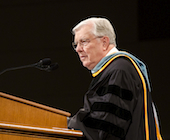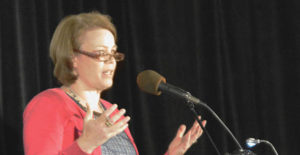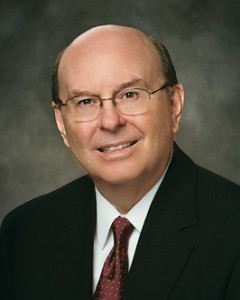
In early 2012, the economy wasn’t feeling all that good. The Great Recession had technically ended in 2009, but the recovery was weak. The Center for American Progress lamented “the slowest growth during the first eight quarters of an economic recovery since World War II.” Unemployment was still high–9.1% in August 2011–and job growth had slowed. The European sovereign debt crisis was keeping markets nervous. And DJIA, which had climbed to 20,000 in 2007 before plunging to 10,000 in 2009, was only back up to around 17,000. [Read more…] about A Prophecy Fulfilled: Church finances are a blessing from God





